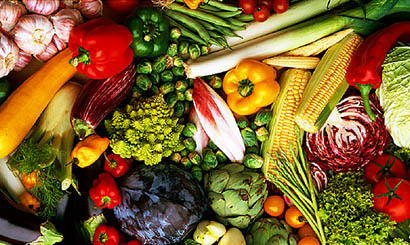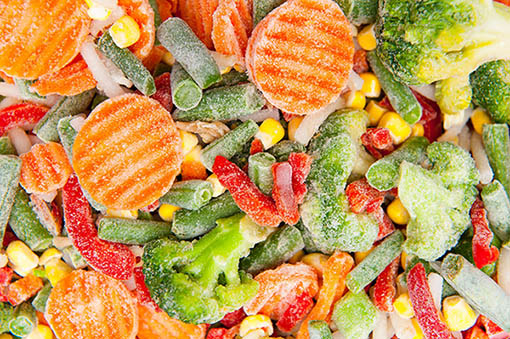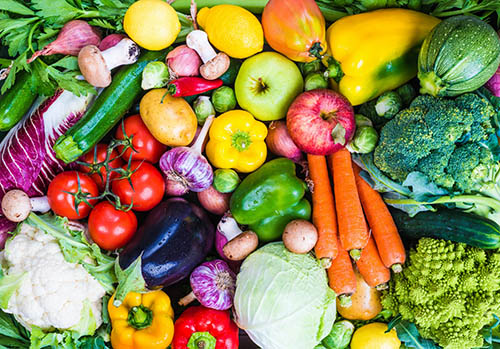The set of characteristics of vegetables intended for storage determines the storage value of vegetables. The most important thing is the preservation of vegetables, that is, a set of genetically fixed features in the breeding process, decisive for the difference in morphological structure, anatomical and chemical composition of individual species or even varieties. The storage capacity is also influenced by the maturity and quality at the moment of placing the vegetables into storage.
Biological factors influencing the shelf life of vegetables.
The most important thing is storage durability – that is, a set of decisive features
on the length of the storage period of particular species and varieties of vegetables. The storage life of vegetables depends mainly on their storage capacity, but also from biological factors, climatic and agrotechnical, which affect their quality.
Vegetable species differ in their sensitivity to low temperatures and the intensity of respiration. Taking into account all the features that determine the storage stability, vegetables are divided into 3 groups:
• Permanent vegetables – stored for a period 3-12 months, the edible part of vegetables are: spare roots, thickenings, heads, onions. These vegetables, they are characterized by a higher dry matter content, resistance to low temperatures and greater resistance to mechanical damage and low breathing intensity. Most often they are two-year-old species, which accumulated reserve substances in the storage roots in the first year of vegetation (carrot), onions (onion), heads (White cabbage) and require a period of low temperature rest to transition from the vegetative to the generative phase.
• Medium-term vegetables – stored for a period 2-24 weeks. The edible part is fruit (tomato, pepper) or inflorescence (cauliflower) and leaves (Chinese cabbage). They are characterized by a higher intensity of breathing and sensitivity to low temperatures. The length of their storage depends on the rate of post-harvest maturation and aging.
• Perishable vegetables – whose storage period does not exceed 28 Days. The edible part is leaves (kale) or fruit (cucumber). Because they have a high water content and the highest breathing intensity, require high humidity during storage. Their storage depends primarily on the environmental conditions, some vegetables are sensitive to low temperatures (Green Beans).
| Table. Division of vegetables according to the length of the storage period. | |||||||||||||||||||||||||||||||||||||||||||||||||||||||||
|
Another factor influencing the shelf life of vegetables is the variety. More commercial product is obtained from well-preserved varieties, of good quality. Individual varieties within one species differ:
1. The length of the growing season (late varieties can be stored longer).
2. Shelf life (specified length of rest).
3. Morphological and anatomical structure (vegetables with a high dry matter content are well preserved).
4. The intensity of your breathing.
5. Sensitivity to cold and mechanical damage.






